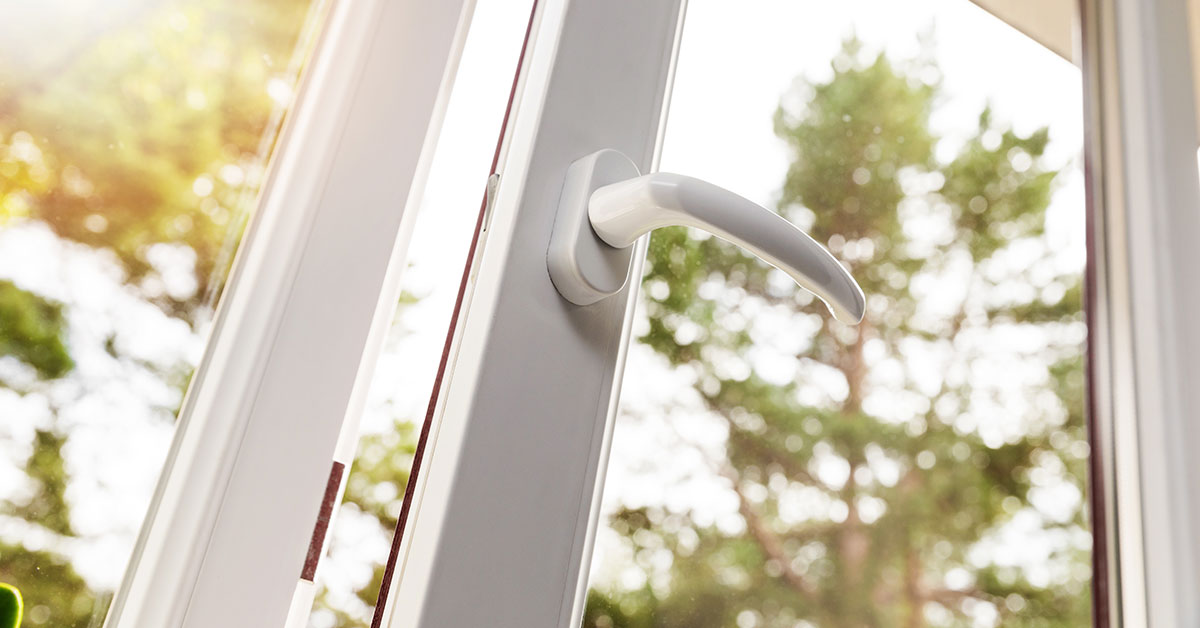If you are choosing window fixtures for your house, or if you have decided to change that one that you already have, you might need to look into certain variables such as thermal transmittance.
If it’s true that the objective of energy savings is to minimize the dispersion of heat, is necessary that all the elements composing a building have a low value of thermal transmittance, to reduce this heat dispersion.
The topic is quite complex, and it’s often explained by using many technical terms which can be confusing for people that just need to purchase window fixtures suitable for their needs.
In this article, we will try to tell you a bit more about thermal transmittance in a simple and straightforward way.
What’s thermal transmittance
“Thermal transmittance, also known as U-value, is the rate of transfer of heat (in watts) through one square meter of a structure, divided by the difference in temperature across the structure. It is expressed in watts per square metre kelvin, W/m²K, or W.m−2.K−1.”
This is the technical definition of thermal transmittance that you can find in Wikipedia that we encourage you to look into if you need more technical info.
However, to simplify this definition, we can say that thermal transmittance is a value that, calculated with an equation, determinates the insulating power of a window fixture, based on its thermal performance.
For windows and french windows, thermal transmittance (Uw) of the window fixture can be expressed by the average between the thermal transmittance of the frame and the one of the glass.
After that, we need to add up the effect of linear thermal transition (Ψg), given by the interaction of the two components and at the presence of the frame spacer along the perimeter of the glass.
How to calculate thermal transmittance
Window fixtures producers need to declare the values of thermal transmittance by law in order to use the mark CE (as prescribed by the product regulation UNI EN 14351-1).
The tests and/or calculations for the CE certification of window fixtures need to be performed by official public authority.
Many variables can affect the final result of this equation:
- the width and the height of the frame;
- the whole dimension of the window fixture;
- the type of wood and material;
- the dimensions of the joints used in the different parts;
- the material forming the cavity between the layers of glass;
- the thermal transmittance of the double glazing.
Let’s take a look at the methods to calculate thermal transmittance.
Simplified UNI EN ISO 10077-1 calculation
The value of thermal transmittance of the window fixtures can be calculated with a lab test or through a simplified UNI EN ISO 10077-1 or with a more rigorous equation according to UNI EN ISO 10077‐2.
The thermal transmittance value can be sourced in a more specific way, through the use of elements deriving from the UNI EN ISO 10077-2 calculus in combination with the results of the simplified approach.
Calculation according to the UNI EN ISO 10077-2 certification
In this case, the calculation is performed with software and focuses on the final product, particularly on the framing of the window fixture. The result of this calculation can then be used to find out the total thermal transmittance according to UNI EN ISO 10077-1.
The result of these tests should then be submitted and certified by a managing authority.
The final result will be the conclusion of an analytical calculation that is so defined:
“The analytic calculation performed with the methodology UNI EN ISO 10077-2 offers the real value of thermal transmittance of the window fixture, thanks to the analysis of the data available regarding the thermal conductivity of the frames, the joints and the linear thermal transmittance of the junction of the glass or opaque panels and the window frame.
The Uf value determined by this method of calculation still needs to be integrated into the formula present for the UNI EN ISO 10077-1 certification if we want to express the total value of thermal transmittance and not just of the energetic value offered by the frame.”
To explain this definition, we could say that for a company is possible to have a public authority certifying the different joints used in order to analyze individual components of the window fixture.
From these results, case studies on single window fixtures will then be created keeping in consideration all the different factors utilizing also the certified software.
- thermal transmittance values of single joints, central, lateral, higher, lower, windows and french windows;
- different types of wood: super soft, soft, medium, hard;
- thermal conductibility of the cavity between frame and glass;
- the type of double glazing with their different values of thermal transmittance (Ug).

